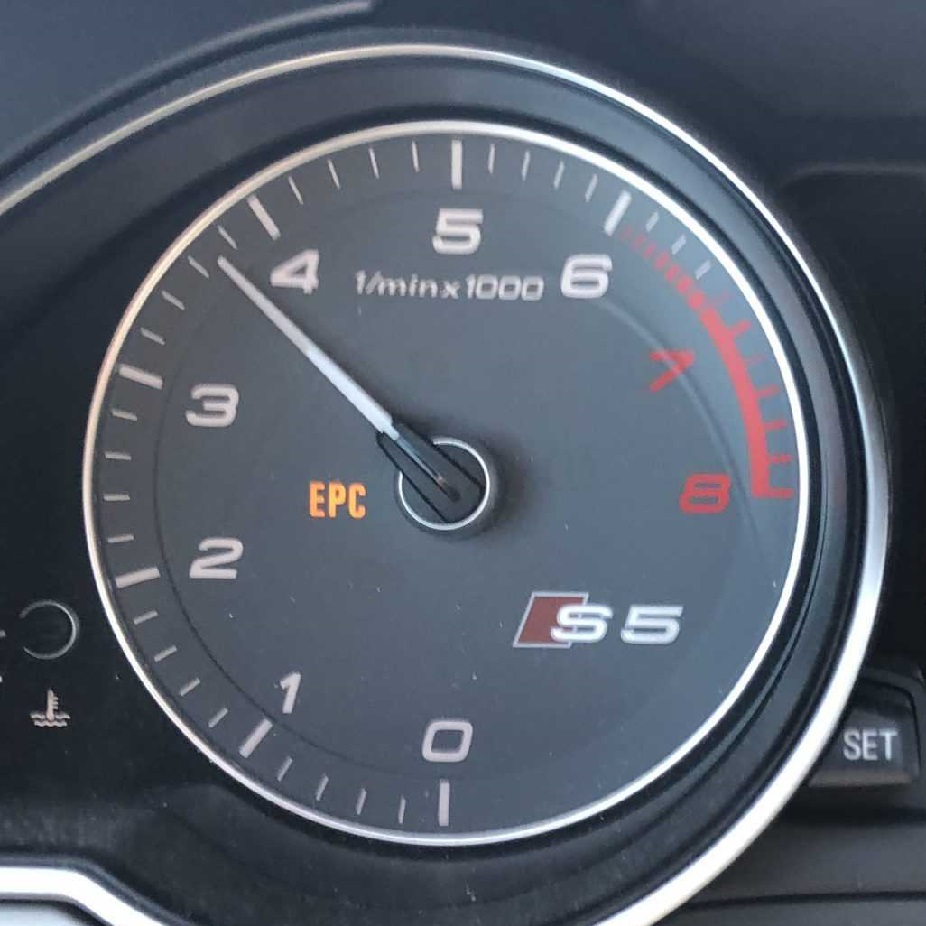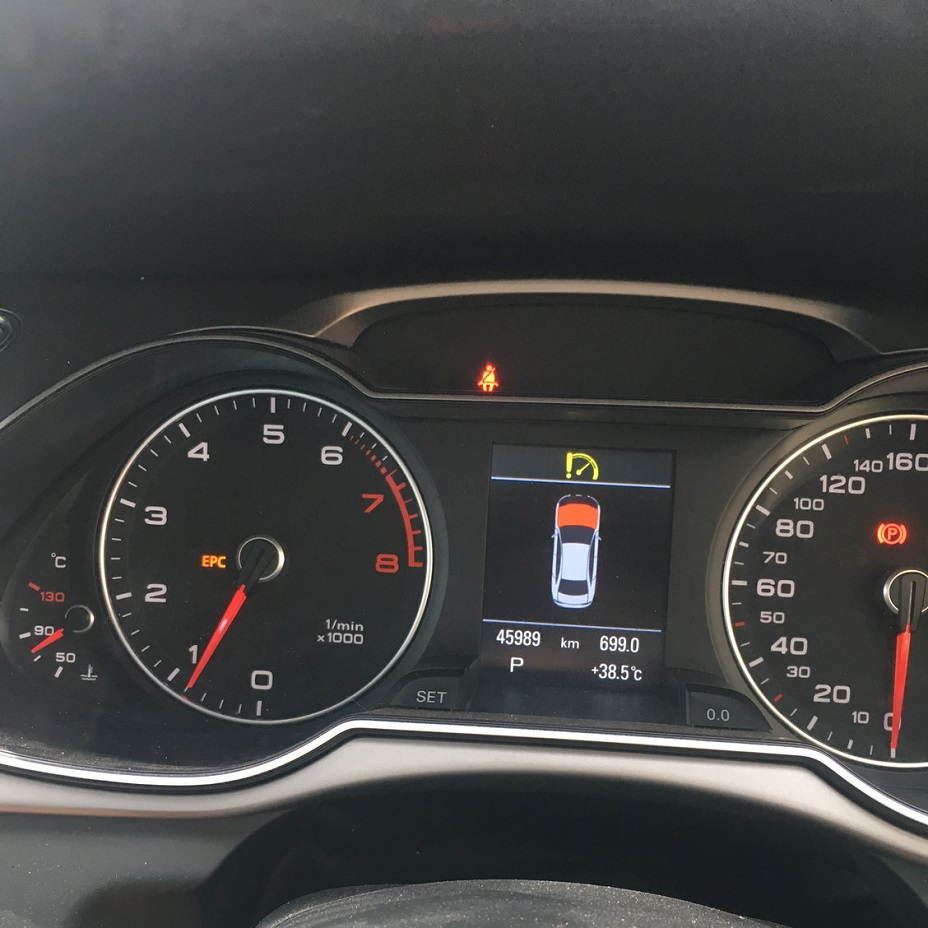The EPC light, or Electronic Power Control light, is a vital warning indicator in many vehicles. It serves as an alert, providing critical information about the car’s functionality. Drivers must understand what this light signifies, as well as how to respond when it illuminates. This article will explore the significance of the EPC Car Light, its common causes, and the steps you should take when it turns on.
What is the EPC Light?
Functionality and Purpose
The EPC light is part of a vehicle’s onboard diagnostics system. This system monitors various aspects of the car’s performance. When the car’s computer detects a problem, the EPC light activates. The main purpose of this light is to indicate that there is an issue with the engine or the throttle control. It alerts the driver that the vehicle may not be operating at its full capacity.
Understanding the EPC light is essential for every car owner. Ignoring this warning can lead to more severe problems down the road. In many vehicles, the EPC light often appears alongside other warning lights, like the check engine light. This combination further emphasizes the need for immediate attention.
When Does It Turn On?
The EPC light can illuminate under several conditions. For example, if there’s a problem with the throttle body or issues with the electronic sensors, the light may activate. Additionally, problems related to the engine management system can also trigger the EPC light. It’s worth noting that the EPC light may not always indicate a severe issue. However, it is always best to investigate its cause.
Common Causes of the EPC Light
Throttle Body Issues
One of the most common reasons for the EPC light appearing is issues within the throttle body. The throttle body controls the amount of air entering the engine. When it malfunctions, the engine may struggle to perform efficiently. This issue might lead to poor acceleration or rough idling. In such cases, the engine may not get adequate air for combustion. As a result, the EPC light will turn on, urging the driver to check the system.
Sensor Malfunctions
Another reason your EPC light might be on involves sensor failures. Modern vehicles rely heavily on sensors to manage engine performance. Sensors monitor conditions such as temperature, pressure, and air flow. If one of these sensors fails or sends inaccurate data, it may trigger the EPC light. In this situation, it is crucial to diagnose which sensor is faulty.
Wiring and Electrical Issues
Electrical problems can also cause the EPC warning light to illuminate. Damaged wiring or poor connections can disrupt signals sent between different components. If the car’s computer receives incorrect information, it may activate the EPC light. While electrical issues may not seem as straightforward to diagnose, they can usually be identified with a good quality automotive scanner.
Other Electronic Malfunctions
Other electronic components can also affect the EPC light. Issues with the engine management system, including faulty parts, can lead to the warning light. Moreover, if the car struggles to reach optimal operating temperature, it may cause the light to activate. Drivers must monitor their vehicle’s performance and respond if they notice unusual behavior.
What to Do When the EPC Light Comes On
Immediate Response
If the EPC light illuminates while driving, it’s essential to remain calm. First, assess how the car is performing. If the car feels sluggish or there’s a failure in acceleration, you should find a safe place to pull over. Continuing to drive the vehicle can cause further damage. Always prioritize safety above all else, both for you and the vehicle.
Checking Error Codes
Once you’ve parked the car safely, the next step is to check for error codes. Many drivers opt for an OBD-II scanner, which can read codes from the car. These codes will provide a clearer understanding of what triggered the EPC light. If you don’t have access to a scanner, you can take the car to a mechanic. They will be able to diagnose the issue and suggest repairs.
Consulting a Professional
After identifying the error codes, it may be necessary to consult a mechanic. Professional mechanics have the experience and knowledge to handle various vehicle issues. Even if the codes suggest a minor problem, only a professional can offer a comprehensive diagnosis. This step is vital for ensuring that your vehicle remains in optimal condition.
Is It Safe to Drive with the EPC Light On?
Short-Term Driving
Driving with the EPC light on may be safe for a short distance, depending on the symptoms. If you notice no significant issues in acceleration or handling, you might drive the car to a safe location. However, if you feel that the performance of the vehicle has been compromised, it is best to avoid driving. Forcing a malfunctioning vehicle can lead to more severe issues in the long run.
Long-Term Effects
Continuous driving while the EPC light is on may lead to long-term damage. Ignoring the issue can result in expensive repairs. In some cases, it may even lead to a complete engine failure. The warning light is there to protect you and your car. Ignoring it disregards the safety and functionality of your vehicle.
Priority of Repairs
It’s crucial to prioritize repairs whenever the EPC light activates. Delaying maintenance or repairs can lead to larger issues down the line. Proactive attention to the light can help maintain the overall health of your vehicle. This approach will save you time and money while ensuring your safety on the road.
Frequently Asked Questions about the EPC Light
What Does EPC Stand For?
EPC stands for Electronic Power Control. The term signifies the light’s role in monitoring the vehicle’s performance levels. It alerts drivers to possible electronic issues that can affect engine control.
How Serious is the EPC Light?
The seriousness of the EPC light can vary based on the underlying issue. In some cases, it may be a minor sensor failure, while in others, it could indicate a critical throttle problem. Therefore, it is important to take the activation of this light seriously and diagnose it promptly.
Can I Reset the EPC Light?
While you may be able to reset the EPC light temporarily using a code scanner, this does not fix the underlying issue. Resetting the light without addressing the problem can lead to further complications. Always focus on diagnosing and resolving the underlying issue first.
Will the EPC Light Go Off by Itself?
In some cases, the EPC light may turn off once the issue is resolved. However, if the warning light remains illuminated, further investigation is needed. Relying solely on the light to go off without fixing the core issue is not advisable and can lead to more significant automotive problems.
Conclusion: The Importance of Understanding the EPC Light
The EPC light serves as a critical warning indicator for drivers. It helps monitor vital aspects of the vehicle’s performance. Understanding the causes of the EPC light and how to respond is essential for every car owner. Ignoring this light can lead to severe vehicle issues and unsafe driving conditions.
Taking prompt action when the EPC light turns on can enhance your vehicle’s health and longevity. By consulting mechanics and using diagnostic tools, drivers can maintain their cars effectively. Ultimately, understanding the EPC light empowers drivers, allowing them to make informed decisions for their vehicle’s maintenance needs.
With this comprehensive guide, drivers should now feel more equipped to handle situations involving the EPC light. Always prioritize safety and take proactive measures to ensure that your vehicle continues to run smoothly.



